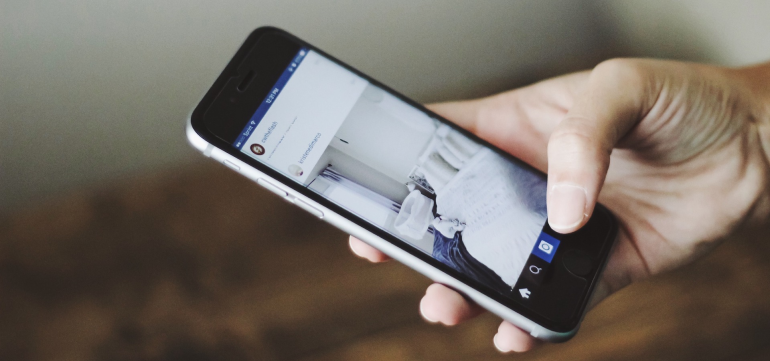The IPX liquid-protected smartphone market is holding steady despite the global economic crisis. According to the latest report from Canalys, the overall IPX market was only down by 1% year-on-year in 2020 compared to 7% for the total smartphone market. This means that the proportion of IPX rated devices actually grew.
Our recent study of R&D professionals specialising in electronic product design found that 57% of them deemed that IP certification was crucial for liquid protection for the product with the largest production volume they had designed in the last two years. But this doesn’t necessarily mean that devices without the IP certification aren’t protected.
Challenges
Going back a few years, IP ratings were used to determine how effective, for example electrical sockets on the outside of a house were at preventing the ingress of rainwater. O-ring seals and gaskets were developed for protection and they were then transferred to the consumer electronics field with the necessary changes to fit these new and rapidly evolving handheld devices. Consumers demanded smaller and more lightweight form factors, encouraging manufactures to seek alternative methods of preventing liquid damage. This led to the possibility of coating the device electronics and freely allowing liquids inside the device, as long as it still functioned correctly and reliably then there was no concern.
The leading international rating for grading the protection of electronic devices to liquid damage, IEC 60529, allows water into the device as long as it still functioned like the manufacturer promised it would. So, the main focus was placed on the device functioning correctly and not preventing water ingress. This led to the IPX designation which focuses on the liquid damage protection rather than the physical barrier afforded by the gaskets and O-rings.
As attractive as having an independent third-party certification resulting in an IPX certification is, it’s the manufacturer who knows exactly how the device should function. A third-party will of course conduct their own tests, check if the water got inside and if a phone can be turned back on again. And that in itself is a challenge because we don’t know how the device will behave throughout use.
Another problem comes from the negative pressure tests. Manufacturers who use O-rings and gaskets test them at the end of the assembly line to give them confidence of assigning a certain level of IPX certification. However, once you remove the negative pressure, there can be no guarantees.
There is also the potential issue of gaskets and O-rings perishing, being damaged or dislodged during shipping or consumer use. We have all heard stories or seen videos of packages being dropped… compromised seals can cause smartphone failure. That in turn leads to increased electronic wastage as they can’t be re-used because of possible corrosion.
Future opportunities
Looking ahead, we can expect the regulatory landscape around electronic device protection to evolve at a fast pace and become more flexible to match the developing technologies. However it is no longer acceptable to just provide protection at the end of the manufacturer’s assembly line, the consumer wants protection through-out the life of their device. The rising sustainability concerns present the consumer electronics industry with the perfect opportunity to change and do more to increase the product lifecycle, reduce waste and drive the circular economy.
At P2i we have shown strong commitment to minimising the environmental impact and helping our customers reach their sustainability goals. That’s why we developed our initial IPX2-rated Splash-proof liquid repellent nano-coating, which penetrates into the smartphone’s gaps to protect the ingress points for the device’s lifetime. This significantly reduces the need to repair it – meaning less waste and emissions. However, due to the 24/7 use of today’s handheld devices in multiple challenging environments including submersion into water and other liquids, there was a need to further increase protection to cover IPX3-8 challenges. P2i responded to this with the Barrier Coating range of solutions, resulting in a full tool box of capabilities to deliver protection to any liquid environment through-out the life time of your device.
If you would like to learn more about our certified nano-coatings and how they can protect your electronic devices, contact one of our team today.

